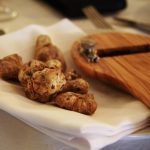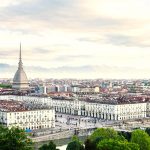Turin Travel Guide
Tourist Information:
Explore Turin with our Piedmont Travel Guide.
Discover the Tourist Information for holidays enjoy your romantic week and for fall in love with the best places to visit and things to do.
Listen to your guide reveal facts and recount anecdotes.
Turin, Piedmont capital, is a modern and active city placed on the Po river banks and surrounded by picturesque hills that characterize it. Reaching Turin by car is easy because the city is located right in the heart of Europe and is linked to the main European cities via a communication network that extends over the region, furthermore, it is the “base camp” for exploring the Unesco site.
Where to stay in Turin, Piedmont:
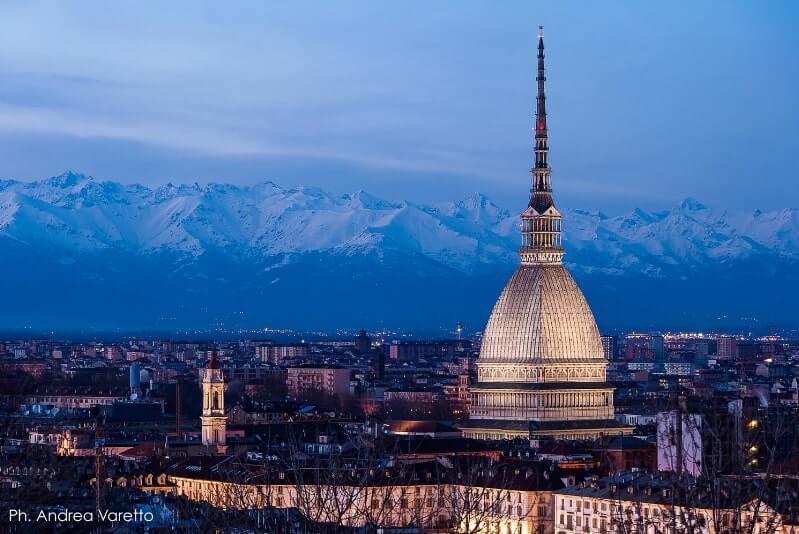
Turin Travel Guide
The origins of Turin are to be placed in the third century BC when, on the banks of Po river, few “taurine” tribes of Celtic-Iigurian stock settled. With the Romans, the city took the name of Augusta Taurinorum becoming a Roman outpost that could control over the Gauls.
With the fall of the Roman Empire, the barbarian invasions began. the city was devastated several times until the arrival of the Lombards that ended with the domination of the Franks.
In the Middle Ages, Turin became a free city and, during the struggle between the Papacy and the Empire, it continued to side with those who provide for independence from the power of the Savoy that, meanwhile, strengthened their dominance in the French and Italian territories. It was in 1280 that the Savoy took power and joined the complex game of struggles and alliances related to the city until Turin was granted to the Savoy by the Emperor Frederick II.
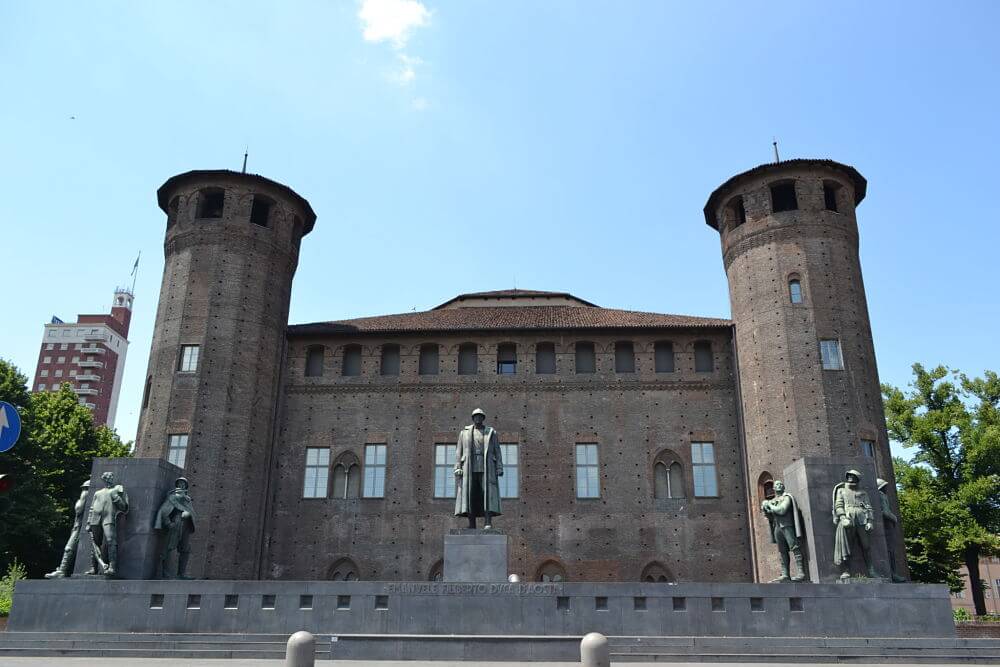
Ancient history and settlement.
The unification between Savoy & Turin
In the fifteenth century, the political unification of the provinces of Savoy occurred and Turin became their capital. After the French domination the Duke Emanuele Filiberto regained the city and in 1620 Turin was further developed, giving rise to a very fruitful period that lasted two centuries.
In 1861 Turin became the capital of the Kingdom of Italy until 1864 also emphasizing its growing industrial vocation that brought the city into urban decisive changes. At the beginning of the twentieth century, Turin began a period of technological development that influenced and transformed the city, guiding in up to its today structure.
What to see in Turin?
From the urban point of view, Turin is set to wide porticoed streets, lined with mainly baroque palaces. The heart of town is the sixteenth-century Piazza Castello. where stands the Palazzo Madama, which preserves the medieval appearance on the side lacing the Po, while the other side in the ‘600 was transformed into a baroque style for ‘Madama‘ Mana Cristina of Savoy, Regent, and widow of Vittorio Amedeo II.
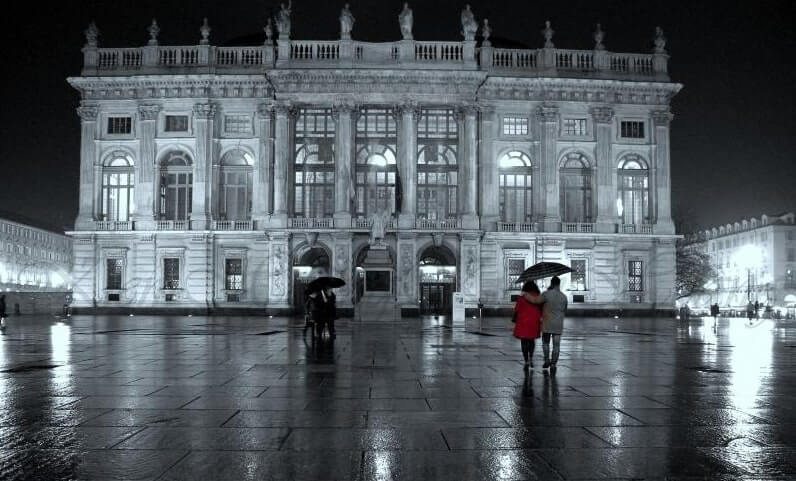
The facade dating back 1721, is due to the architect Filippo Juvarra, to whom we owe also the splendid staircase with two ramps that, inside, lead the gala apartment. The building houses the Civic Museum of Ancient Art, which tells the story of Piedmontese culture. From Piazza Castello one can reach Piazza Reale, where there is the Royal Palace, built in the seventeenth century, which was for 200 years the palace of the Savoy.
Turin City Center
In the corner between the two squares, there is the loggia of the Armoury, which leads the Royal Armoury, one of the richest in Europe, with weapons arid armor of every age. The Cathedral, in the square, dating from the fifteenth century, is the only example of Renaissance architecture in Turin. From the presbytery, we come to the chapel of the Holy Shroud by Guarini.
Beyond Palatine Towers Gate, one of four of the walls, arid Porta Palazzo where the market for second~hand dealers takes place, the so~called “Balon“, which has a centurles~old tradition Reached Via Garibaldi, you see on the right the Palace of Town (1663), the town hall. Piazza San Carlo is called the lounge of Turin: closed by the baroque facades of the “twin” Churches of San Carlo Borromeo and Santa Cristina and by symmetrical buildings with porticoes, in the center of the square there is the monument dedicated to Emanuele Filiberto, the famous “I’caval d’bronz” work of Marrocchetti (1838).
The Harvest in Turin – Grapes in Town, 12-20 October 2019
La Vendemmia a Torino returns to the Piedmontese capital for a new edition this fall. The event “La Vendemmia a Torino 2019”, dedicated to Piedmont’s winemaking excellences in the showcase between palaces, royal residences and boutiques of the city will take place from 12 to 20 October 2019: nine days of wine tasting and culture. Discover More
Best Museums in Turin
The building of the Academy of Sciences overlooks in the nearby street of tire same name which houses the Egyptian Museum, one of the most complete in the world, the Museum of Antiquities, with archaeological finds from prehistoric eras to the Middle Ages, and the Savoy Gallery, with works of Piedmontese, Dutch and Flemish schools. The seventeenth-century Palazzo Carignano overlooks in Piazza Carignano, designed by Guarini, seat of the National Museum of the Italian Risorgimento, with the hall of the Parliament of the Kingdom of Sardinia, as it’s leftover from the last session.
Next, the Teatro Carignano and one of the most famous restaurants in Turin, “Del Cambio“, a post in the eighteenth century and then f Cavour’s favorite place. In Corso unità D’ltalia there is The National Automobile Museum Carlo Biscaretti of Ruffia, which houses over 150 vehicles that tell the history of the car in Italy and abroad.
Not far away, the buildings constructed as part of “Italia 61 the exhibition of the Centenary”: among them the bold Palazzo del Lavoro, bu ll by Pierluigi Nervi.
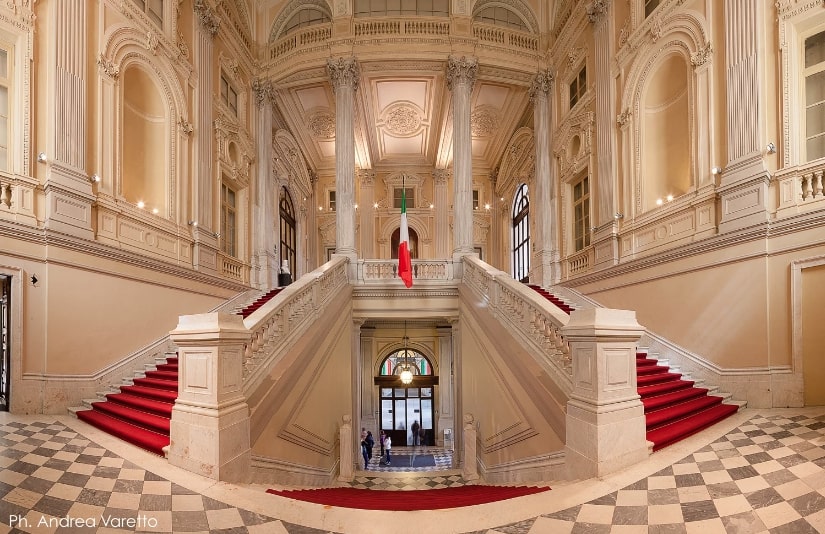
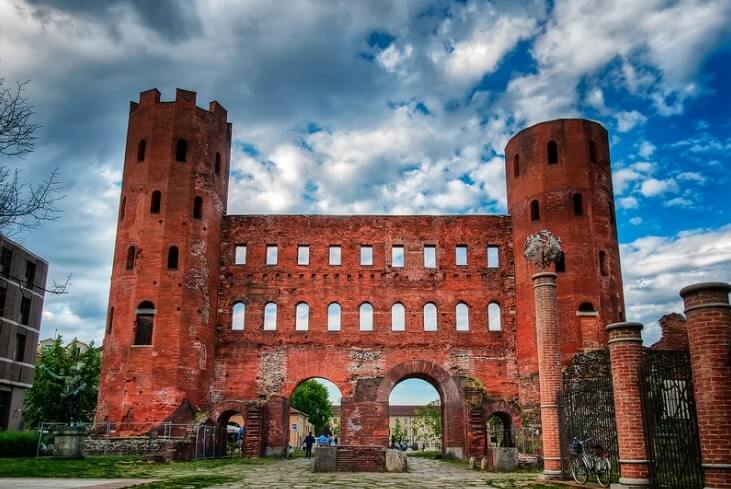
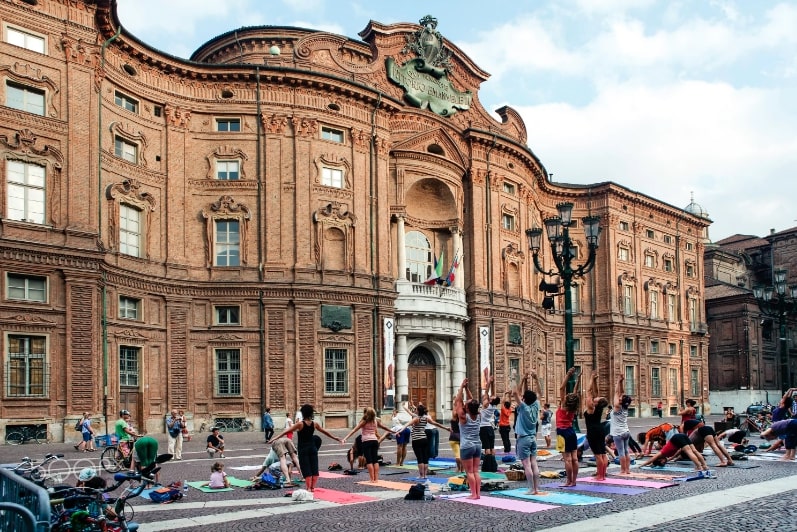
Valentino Park & Castle
Valentino Park is a green oasis that stretches along the Po river to the bridge Umberto I: there are the Valentino Castle and the Medieval Village, reconstruction of existing buildings of Valle d’Aosta. Finally, in via Montebello, there is the Mole Antonelliana 167.60 meters high, built in the second half of the nineteenth century by Antonelli, originally as a synagogue. We can reach his top by elevator for an unmissable city landscape.
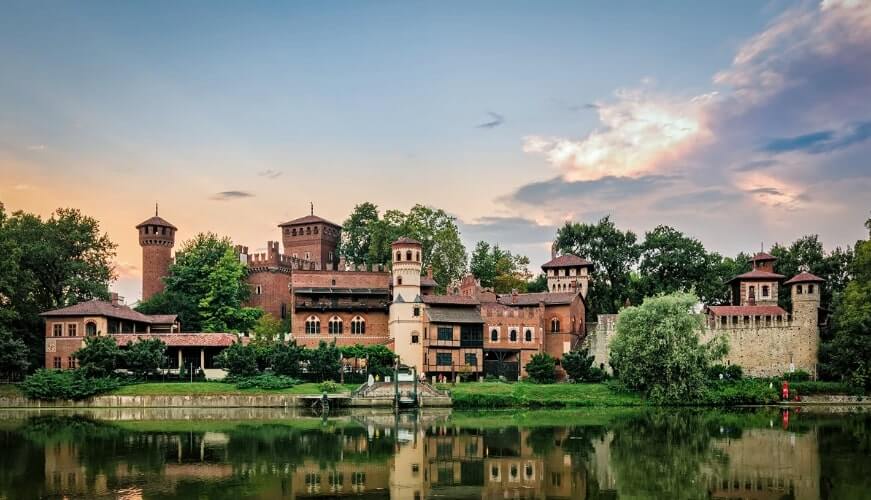
Battistero of Superga
Wanted by Vittorio Amedeo II to fulfill a vow and dedicated to the Nativity of Mary, the basilica, built by Filippo Juvarra in 1717-31 on top of the hill of Superga, is closely linked to the history of the Savoy dynasty. In fact in the basement of the temple, the kings of Piedmont are buried, from Vittorio Amedeo to Carlo Alberto. Outside, a plaque commemorates the terrible air disaster of 1949, when the plane bringing back the Turin football players crashed on the hill.
Discover more about Turin on Turismo Torino

